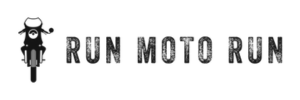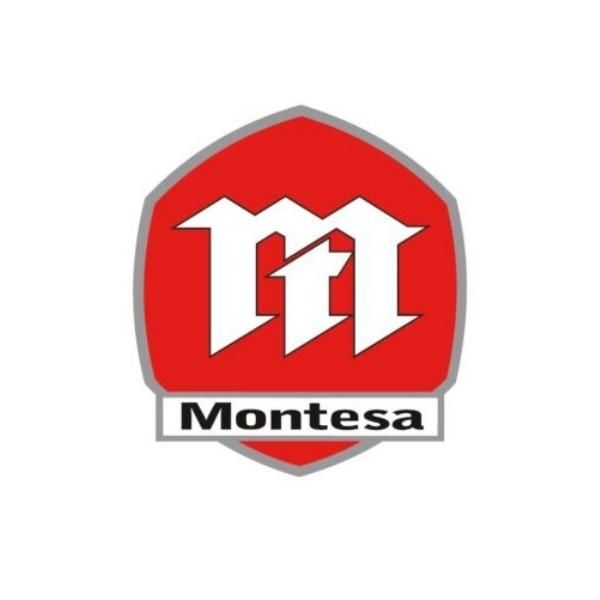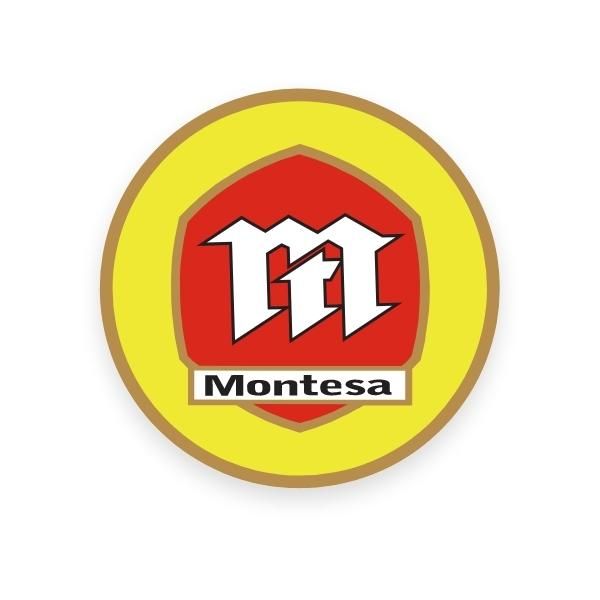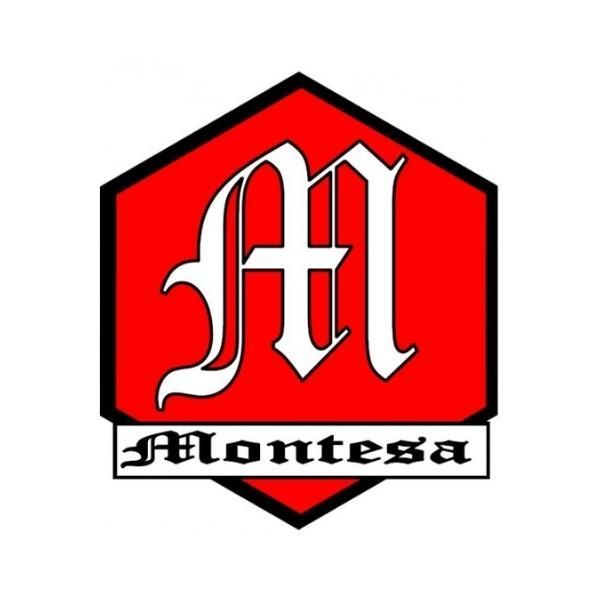Montesa
Montesa Honda, an esteemed brand in the world of motorcycles, embarked on its journey back in 1944. Its roots can be traced back to Barcelona, Spain, where Pere Permanyer and Francesc Xavier "Paco" Bultó, two visionaries with an ardor for motorcycling, laid its foundation. The inception of Montesa marked a significant step forward in the motorcycle industry, highlighting the synergy of Spanish creativity and passion for engineering. The early endeavors of Montesa were inspired by the French Motobécane models of that era, illustrating the brand's commitment to integrating the best of international designs into its creations.
The early days were marked by experimentation and innovation, with Permanyer manufacturing his own gas engines, paving the way for new opportunities in the motorcycle industry. A collaboration with Bultó led to the development of a lightweight motorcycle, powered by a 95cc two-stroke engine - a pivotal stepping stone in the evolution of Montesa.
Taking a step further, Montesa honed its focus on producing high-performance motorcycles. A major highlight was the creation of a 125cc roadster by Bultó, a vehicle that showcased its prowess in numerous trail-type rallies and semi-enduros - popular sporting events of the era in Spain.
One of Montesa's signature achievements of the 1950s was the Brio 80 model, which enjoyed a production run of more than 12,000 units. Its popularity contributed to the opening of a larger factory in Espluges de Llobregat. Despite a slump in Spain's economy forcing a cutback on Montesa's racing activities, the company pressed forward, driven by their love for motorcycling innovation.
As Spain's economy recovered, Montesa regrouped. Champion motorcyclist Pedro Pi was promoted to chief development engineer, ushering in a new era of creativity and growth. Under Pi's guidance, a new 175cc engine was developed that would later power the iconic Impala sports roadster model. Montesa's commitment to promoting the brand saw the Impala bikes traverse over 12,000 miles of challenging African terrain, an achievement that significantly boosted the brand's popularity.
In the subsequent years, Montesa achieved worldwide recognition. With a product line that included various sizes of Trials and motocross models, along with street and Enduro models, the company commanded a robust presence in the global motorcycle market, primarily focusing on Europe. The 1980s and 1990s saw Montesa actively participate in World Trials competitions, earning a reputable name in the industry.
However, with the economic instability in Spain during the early 1980s, Montesa faced significant challenges. Yet, with timely financial support from the government and shares sold to Honda, the company managed to keep its production going. By the mid-1980s, Honda had bought the majority of the family's remaining shares, investing significantly in modernizing the factory.
While the subsequent years brought significant changes to Montesa, the company’s spirit remained unaltered. With a single model, the Cota, and talented riders like Eddy Lejeune and Andrew Codina, Montesa continued to make its mark in the World Trials competitions. Today, Montesa Honda, with its technologically advanced four-stroke Cota 4RT, remains an indomitable force in the world of motorcycling, with Spanish trials rider Toni Bou continually dominating the world circuit since 2007.
Additional Montesa Logos
Author: William Flaiz
